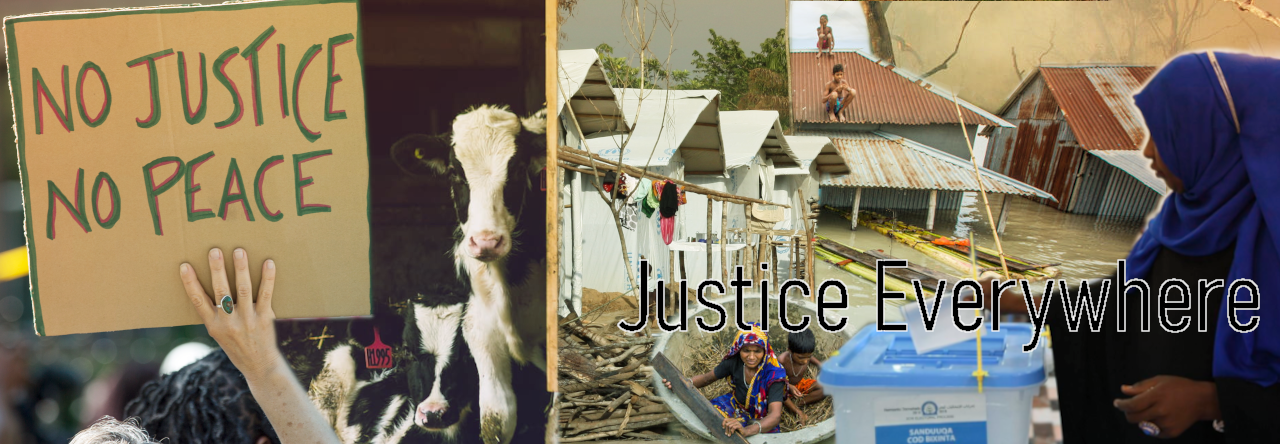In this post, Karl de Fine Licht (Chalmers University of Technology) discusses his article recently published in the Journal of Applied Philosophy on the moral concerns of banning Generative AI in universities.
Rethinking the Ban
Universities face a challenging question: what should they do when the tools that help students learn also raise serious moral concerns?
Generative AI (GenAI) tools like ChatGPT offer immediate feedback, personalized explanations, and writing or coding assistance. But they also raise concerns: energy and water use, exploitative labor, privacy risks, and fears of academic dishonesty. In response, some universities have banned or severely restricted these tools. That may seem cautious or principled—but is it the right response?
In a recent academic paper, I argue that while these concerns are real, banning GenAI is often not the most justified or effective approach. Universities should instead pursue responsible engagement: adopting ethical procurement practices, educating students on thoughtful use, and leveraging their institutional influence to demand better standards.
Do Bans Make a Difference?
Many arguments for bans focus on harm. Using GenAI may contribute to carbon emissions, involve labor under poor conditions, or jeopardize student privacy. But how much difference does banning GenAI at a single university make?
Not much. Models are trained centrally and used globally. Universities typically rely on existing, pre-trained models—so their marginal contribution to emissions or labor practices is negligible. Even if all universities banned GenAI, it’s not clear this would shift global AI development or halt resource use. Worse, bans may backfire: students may use GenAI anyway, without oversight or support, leading to worse outcomes for learning and equity.
Take climate impact. Training models like GPT-4 requires substantial energy and water. But universities rarely train their own models; they use centralized ones whose training would happen regardless. Further, GenAI’s daily use is becoming more efficient, and in some applications—like architectural design, biodiversity monitoring, and climate modeling—GenAI may even help reduce emissions. The better route is for universities to demand energy-efficient models, support green cloud services, and explore carbon offsetting—not prohibit tools whose use is educationally beneficial and environmentally marginal.
Or consider labor exploitation. Training GenAI models often relies on underpaid workers performing harmful tasks, especially in the Global South. That’s a serious ethical issue. But again, banning use doesn’t necessarily help those workers or change the system. Universities could instead pressure companies to raise labor standards—leveraging their roles as clients, research partners, and talent suppliers. This collective influence is more likely to yield ethical improvements than a local ban.
The Reduction Problem
Even if you think universities are morally complicit by using GenAI—regardless of impact—you face a further problem: consistency. If the right response to morally tainted technologies is prohibition, why stop with GenAI?
Much of higher education depends on digital infrastructure. Computers, smartphones, and servers are produced under similarly problematic labor and environmental conditions. If the logic is “avoid complicity by avoiding use,” then many standard technologies should also be banned. But that leads to a reductio: if universities adopted this policy consistently, they would be unable to function.
This doesn’t mean ethical concerns should be ignored. Rather, it shows that avoiding all complicity isn’t feasible—and that universities must find ways to act responsibly within imperfect systems. The challenge is to engage critically and constructively, not withdraw.
Hidden Costs of Prohibition
There are also moral costs to banning GenAI.
Students continue to use AI tools, but in secret. This undermines educational goals and privacy protections. Vulnerable students—those with fewer resources, time, or academic support—may be most reliant on GenAI, and most harmed by a ban. When students use unvetted tools outside institutional guidance, the risks to their privacy and integrity increase.
Instead of banning GenAI, universities can offer licensed, secure tools and educate students on their appropriate use. This supports both ethical awareness and academic integrity. Just as we teach students to cite sources or evaluate evidence, we should teach them to engage with GenAI responsibly.
Setting Ethical Precedents
Some argue that even small contributions to harm are morally significant—especially when institutions help normalize problematic practices. But even if that’s true, it doesn’t follow that bans are the best response.
A more constructive alternative is to model responsible AI use. That includes setting ethical procurement standards, embedding AI literacy in curricula, and advocating for transparency and fair labor. Universities, especially when acting collectively, have leverage to influence AI providers. They can demand tools that respect privacy, reduce emissions, and avoid exploitative labor.
In other words, universities should take moral leadership—not by withdrawing, but by shaping the development and use of GenAI.
Choosing a Better Path
GenAI is not going away. The real question is how we engage with it—and on whose terms. Blanket bans may seem safe or principled, but they often achieve little and may create new harms.
Instead, universities should adopt a balanced approach. Acknowledge the risks. Respond to them—through institutional advocacy, ethical licensing, and student education. But also recognize the benefits of GenAI and prepare students to use it well.
In doing so, universities fulfill both moral and educational responsibilities: not by pretending GenAI doesn’t exist, but by helping shape the future it creates.
Karl de Fine Licht is Associate Professor in Ethics and Technology at Chalmers University of Technology. His research focuses on the ethical and societal implications of artificial intelligence, with particular emphasis on public decision-making and higher education. He has published extensively on trustworthy AI, generative AI, and justice in technology governance, and regularly advises public and academic institutions on responsible AI use.





